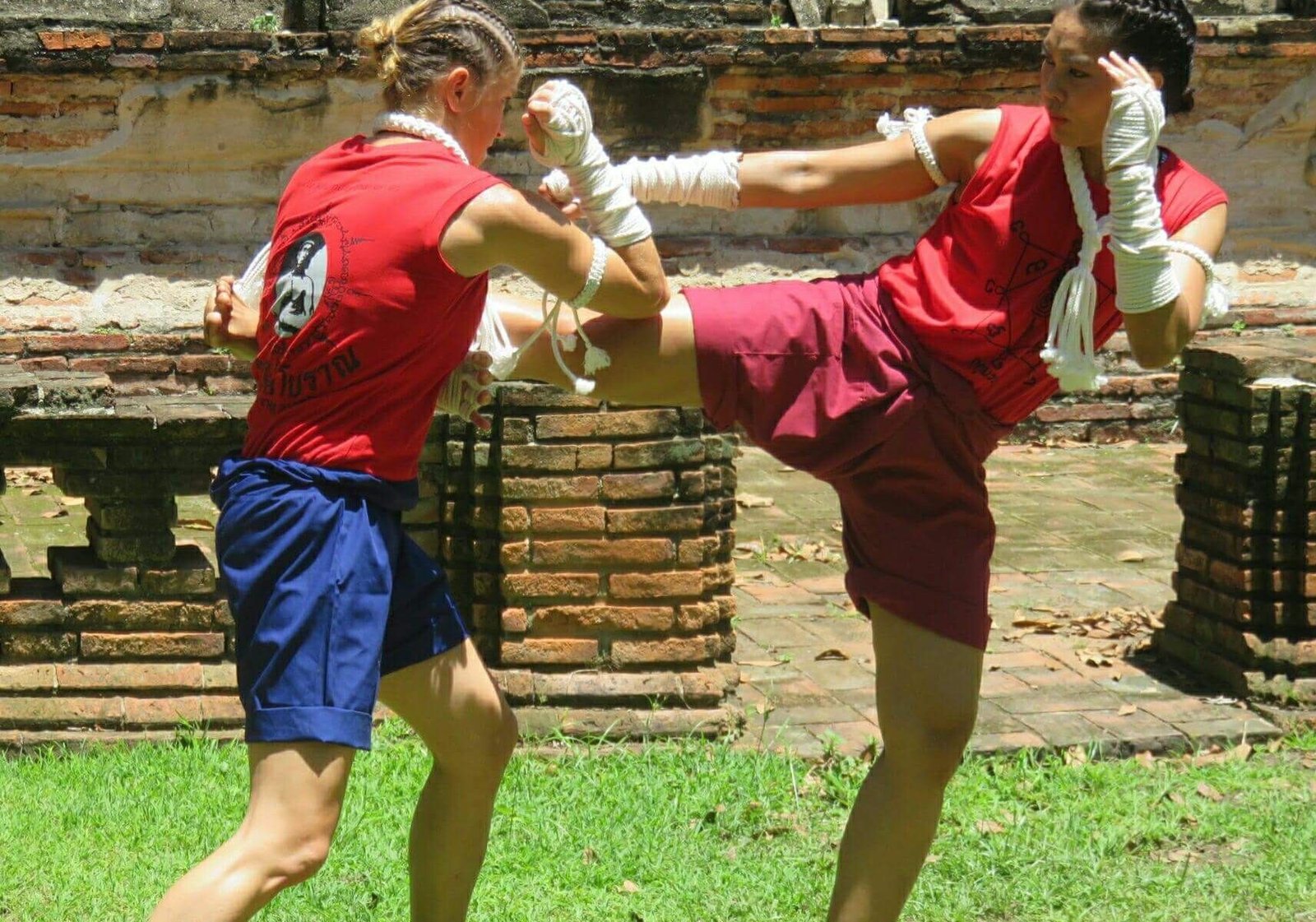February 6th is officially recognized as World Muay Thai Day, a special occasion dedicated to celebrating Thailand’s national martial art. Fighters, trainers, and Muay Thai enthusiasts worldwide come together to honor the sport’s rich history, traditions, and cultural impact.
From traditional Wai Kru ceremonies to major fight events in Bangkok, Ayutthaya, and Pattaya, Thailand becomes the epicenter of Muay Thai celebrations. Whether you’re a fighter or a fan, this day is a perfect opportunity to immerse yourself in the art of the eight limbs.
Why is February 6th Muay Thai Day?
The significance of February 6th dates back to the reign of King Sanphet VIII (1703–1709), also known as Phra Chao Suea (The Tiger King). A skilled Muay Thai fighter, the king was known for disguising himself and competing in local fights—a testament to his love for the sport.
In 2011, the Royal Thai Government and the World Muay Thai Council (WMC) officially declared February 6th as World Muay Thai Day to honor his contributions to the martial art.
How is World Muay Thai Day Celebrated?
1. Traditional Wai Kru Ceremonies
One of the most important rituals of Muay Thai, the Wai Kru and Ram Muay, is performed across Thailand. Fighters pay respect to their trainers, ancestors, and the spirits that protect them. Mass Wai Kru ceremonies in historical locations like Ayutthaya are a must-see.
2. Major Muay Thai Festivals & Competitions in Thailand
Ayutthaya Muay Thai Festival
📍 Location: Ayutthaya, Thailand
🔥 Highlights:
• Thousands of fighters perform a synchronized Wai Kru at the ancient Wat Mahathat temple.
• Live Muay Boran and Muay Thai fights, showcasing both traditional and modern techniques.
• Cultural performances, exhibitions, and training sessions with Muay Thai legends.
Lumpinee & Rajadamnern Stadiums (Bangkok)
📍 Location: Bangkok, Thailand
🔥 Highlights:
• Special fight cards featuring top Thai and international fighters.
• Exclusive events at Thailand’s most prestigious stadiums.
Pattaya Muay Thai Festival
📍 Location: Pattaya, Thailand
🔥 Highlights:
• Outdoor Muay Thai fights on the beach, open to locals and tourists.
• Workshops and open training sessions led by experienced trainers.
Chiang Mai & Phuket Celebrations
📍 Locations: Chiang Mai & Phuket
🔥 Highlights:
• Seminars and workshops at top Muay Thai gyms.
• Local fight nights, bringing together Thai and international fighters.
3. Free Training Sessions & Workshops
Many Muay Thai gyms in Thailand and worldwide offer free training sessions, allowing people to experience authentic Thai boxing techniques. Seminars with legendary trainers and fighters attract enthusiasts from around the world.
4. Charity Events & Community Support
Muay Thai organizations use this day to give back, hosting charity fights and fundraising events to support underprivileged children and young fighters.
Muay Thai Day Around the World
The popularity of Muay Thai has grown internationally, and February 6th is now celebrated across Europe, the US, Australia, and Japan. Gyms and organizations host:
✔ Local fight events
✔ Workshops & open training sessions
✔ Social gatherings for Muay Thai enthusiasts
Why Muay Thai Day Matters
World Muay Thai Day is not just a celebration—it’s a tribute to the spirit, discipline, and history of Muay Thai. Whether you’re a fighter, a student, or simply a fan, it’s the perfect time to reflect on the values of this ancient martial art and engage with the Muay Thai community.
👉 How will you celebrate Muay Thai Day this year?

